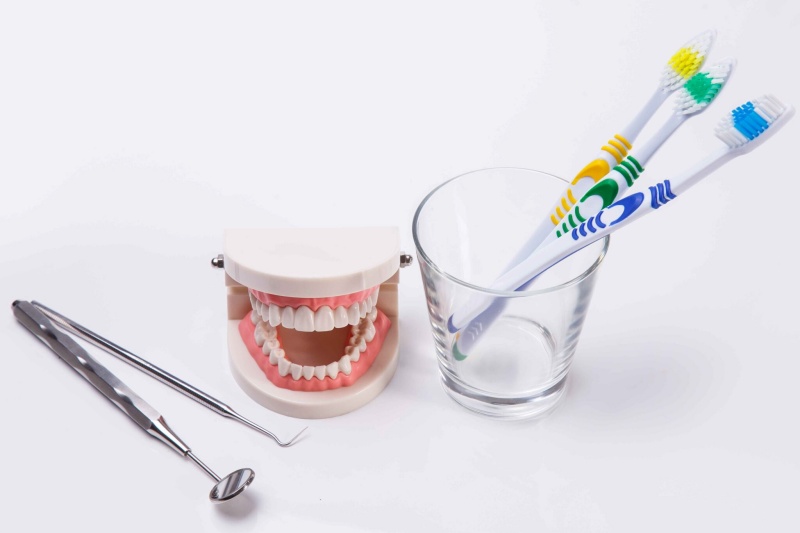
24/09/2024
A sinus lift implant might sound unfamiliar to many, but to explain simply, it’s like creating a solid foundation for a house before constructing a larger structure. In the same way, having a strong base is necessary before building a house, a stable and healthy bone structure is crucial for dental implants to securely attach and function properly.
In dental terms, a sinus lift is a procedure done to ensure that the jawbone in the upper part of the mouth is sufficient to support dental implants.
A sinus lift implant is an important dental procedure for individuals who need to replace lost teeth, especially in the upper molar area. This procedure is more complex compared to implant placement in other areas due to the presence of the sinus cavity, which is a hollow space in the upper jawbone. Over time, the sinus cavity may expand, leaving insufficient bone volume for dental implant placement. The sinus lift procedure helps by raising the sinus membrane and adding bone material to create a strong foundation for the implant.

A sinus lift is a critical procedure for individuals who need to replace lost upper molars, especially when there is insufficient bone in the jaw due to the expansion of the sinus cavity.
Reasons for a Sinus Lift:
The sinus lift is a complex dental procedure, but it generally follows these key steps:
The sinus lift procedure is essential for those seeking dental implants to replace lost upper molars. This procedure helps patients receive strong and long-lasting implants. The benefits of the sinus lift include:
The sinus lift is a long-term investment that offers great value by providing durable implants and improving overall quality of life.

The sinus lift procedure is suitable for individuals who need dental implants to replace lost upper molars, particularly in cases where the jawbone in that area is insufficient due to the sinus cavity expanding downward. Generally, individuals who have the following conditions should consider a sinus lift:
Sinus lifting is a crucial step in preparing for dental implant placement in individuals with insufficient bone volume. It helps patients receive strong and long-lasting artificial teeth. If you are considering dental implants, it is essential to consult a dentist to assess your oral condition and plan the appropriate treatment.
When getting dental implants, it’s important not only to understand the meaning and procedure of dental implants but also to …
1 year agoAnother type of dental implant suitable for those who have lost all their teeth is the 3 on six. If …
1 year agoSmall issues like chipped or cracked teeth can have long-term effects on both health and appearance without us even realizing …
1 year ago